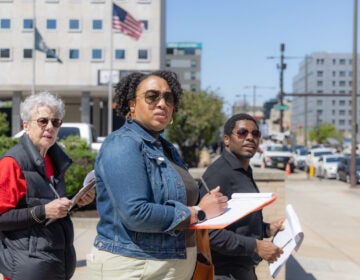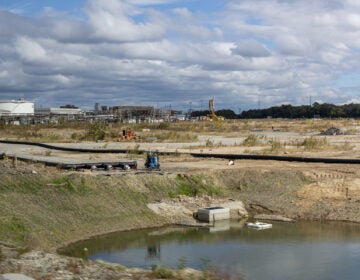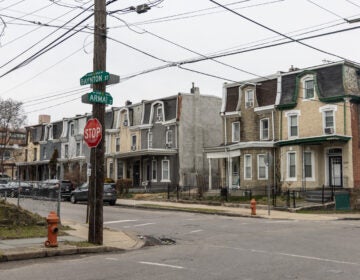Neighbors want a role in building North Station District
The planned North Station District development could reshape North Philly for decades to come. Neighbors are organizing for construction jobs and other benefits.
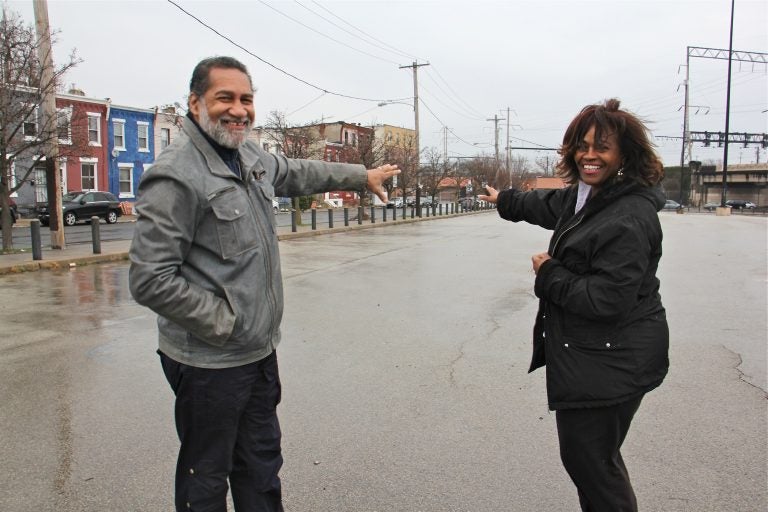
The Rev. Clarence Hester and CDC President Tinamarie Russell hope to use the development at North Broad and Indiana Avenue to spark an economic revival for the neighborhood. (Emma Lee/WHYY)
This story originally appeared on PlanPhilly.
—
Latonya Talford had questions for the New York investors behind an ambitious plan to transform her quiet North Philadelphia neighborhood into a highrise village that developers and local officials are calling North Station District.
First among them: Where will her children play once construction starts on the land they use now for neighborhood games of kickball and baseball?
“Where’s my children going to play now?” said Talford, a block captain on nearby Hicks Street. “Because now the parking lot where we play kickball, where we play baseball at, and the kids actually play football at, see, y’all taking that.”
Talford came out to a recent community meeting with the investors behind North Station District LLC to learn more about the development’s $49 million first phase. The group hopes to break ground this spring or summer on a seven-story, nearly block-long building with retail on the ground floor and 135 units of housing priced at market rate — trigger words for residents fearing higher rents.
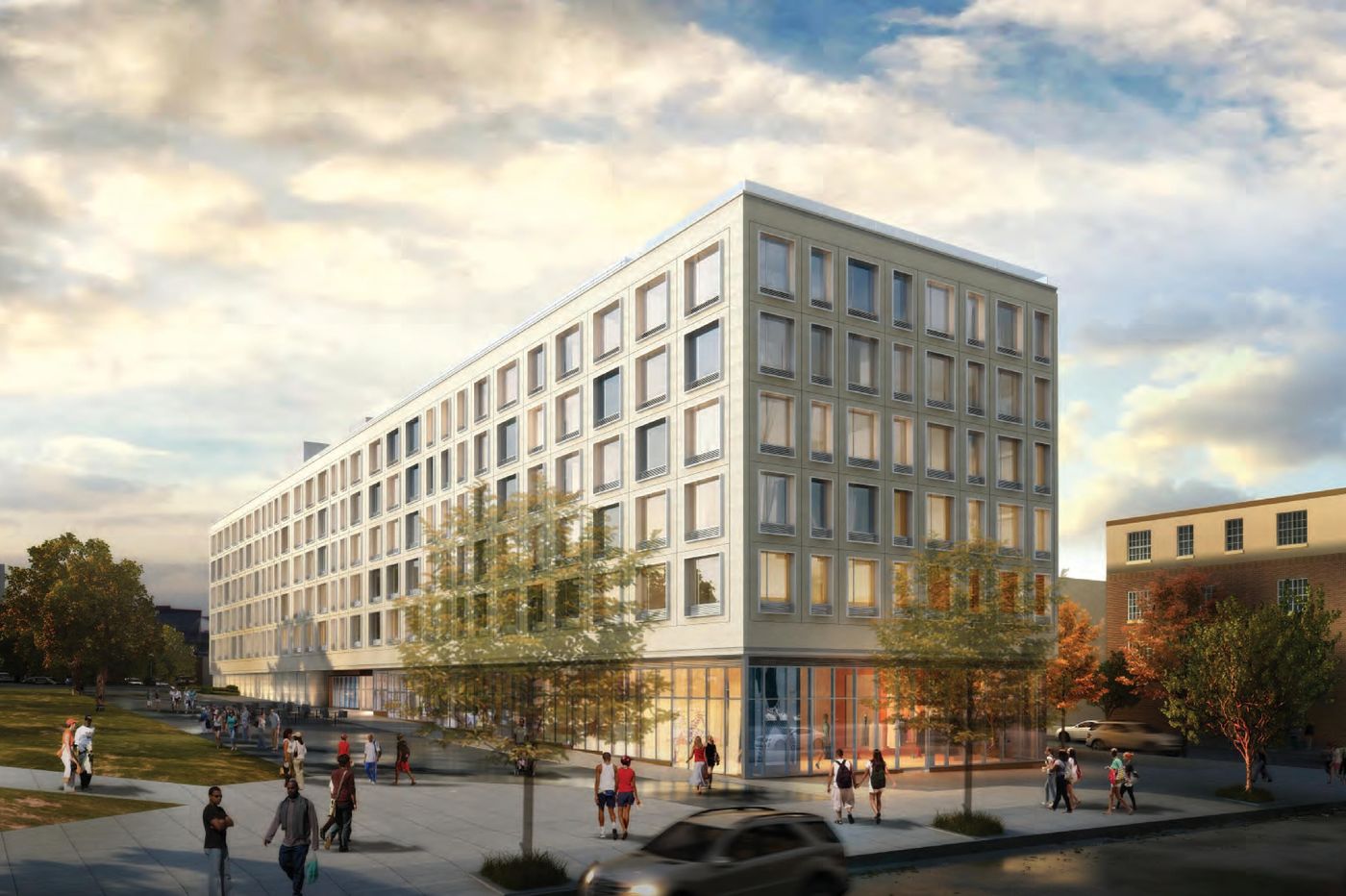
The building would be the teaser for what ultimately could be 1.7 million square feet of offices, research labs and homes on land now occupied by empty warehouses and vacant lots. The historic Amtrak station that inspired the project’s moniker would benefit from improvements too, according to documents posted to the city’s Civic Design Review board’s website in advance of an upcoming hearing. (A canceled April 2 hearing has yet to be rescheduled.)
The development’s central promise to the neighborhood is economic opportunity, said Mike Bailkin, a principal with one of the consortium members Arete Group.
“If we bring the money to the project,” said Bailkin, “If we bring the energy, and get people making more money here, that creates the market, that’s where it enables people now living in the area to stay and upgrade their housing.”
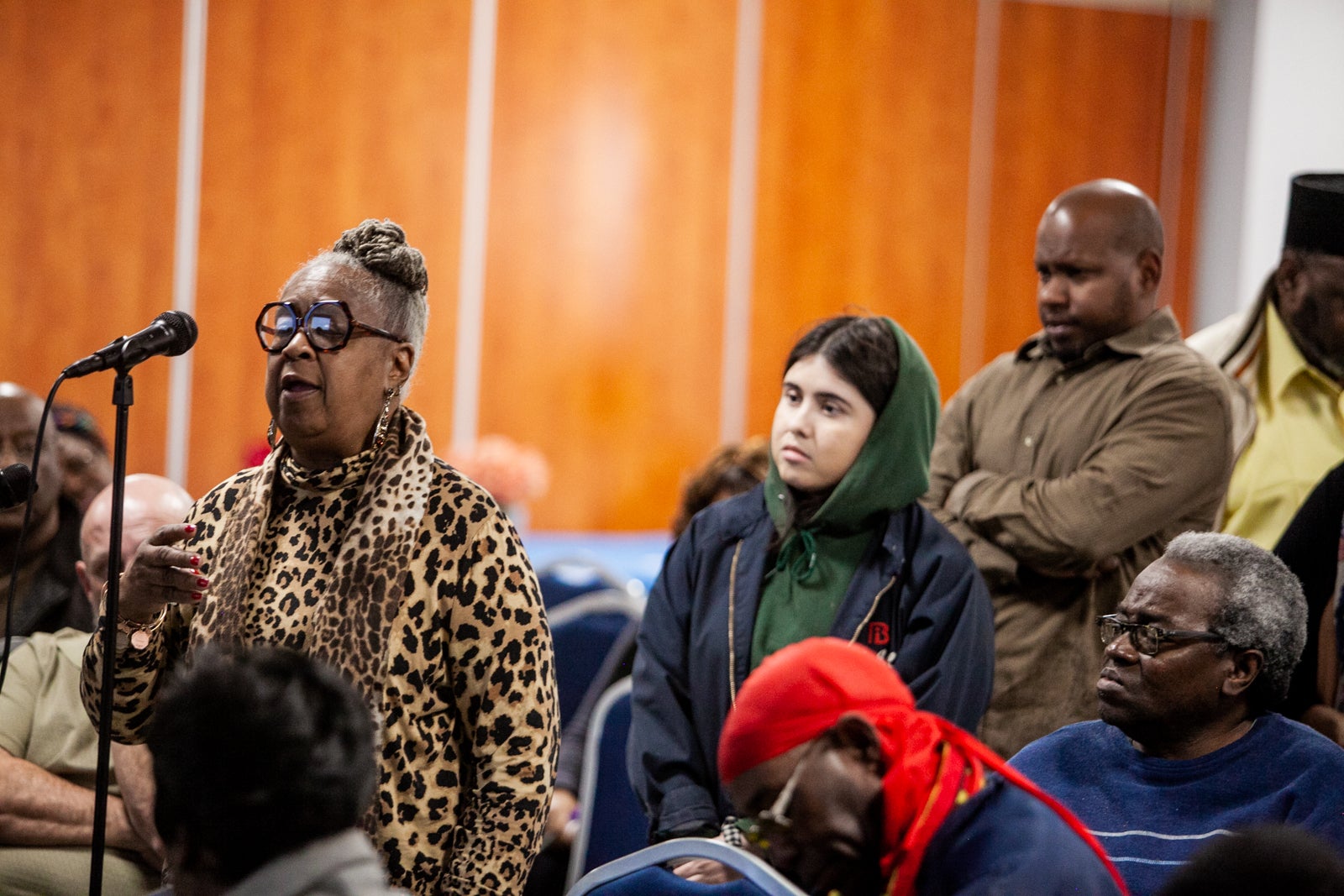
Bailkin’s group bought the parking lot where Talford’s children play for $2 million in 2016 from Amtrak and SEPTA. The group has also received a $4 million state grant for the project.
Lost jobs, dwindling population
The neighborhood surrounding the site is a ghost of the manufacturing mecca that was once Philadelphia, before the businesses that employed residents left, ravaging the local economy.
A 2018 study from the Urban Land Institute sponsored by the developers at the request of the city found population declined by nearly 30 percent between 1980 and 2010. The poverty rate exceeds 40 percent, according to census data. Household income in the area averages $22,000 per year, a steep difference from the citywide average of $37,000, according to the study.
Homeownership rates are higher than the rest of the city at 52 percent, the study found, but much of the housing stock is old and in disrepair.
Sheila Howard, chair of Tioga United, a registered community organization, said neighbors know the problems in the area well and have a vision to fix them.
Her group is leading the charge to urge the developers to provide job training and other opportunities. She would like to see construction and trade internships with nearby high schools.
The internships and trainings can lead to careers that will keep young people paid and busy, instead of broke and vulnerable to the crime residents are too familiar with. The impact could be far reaching, she said.
Emmanuel Kelly, an architect for North Station District LLC, said developers will continue to meet with Tioga United to determine which ideas are feasible. He promised to take the time to earn the trust of the community.
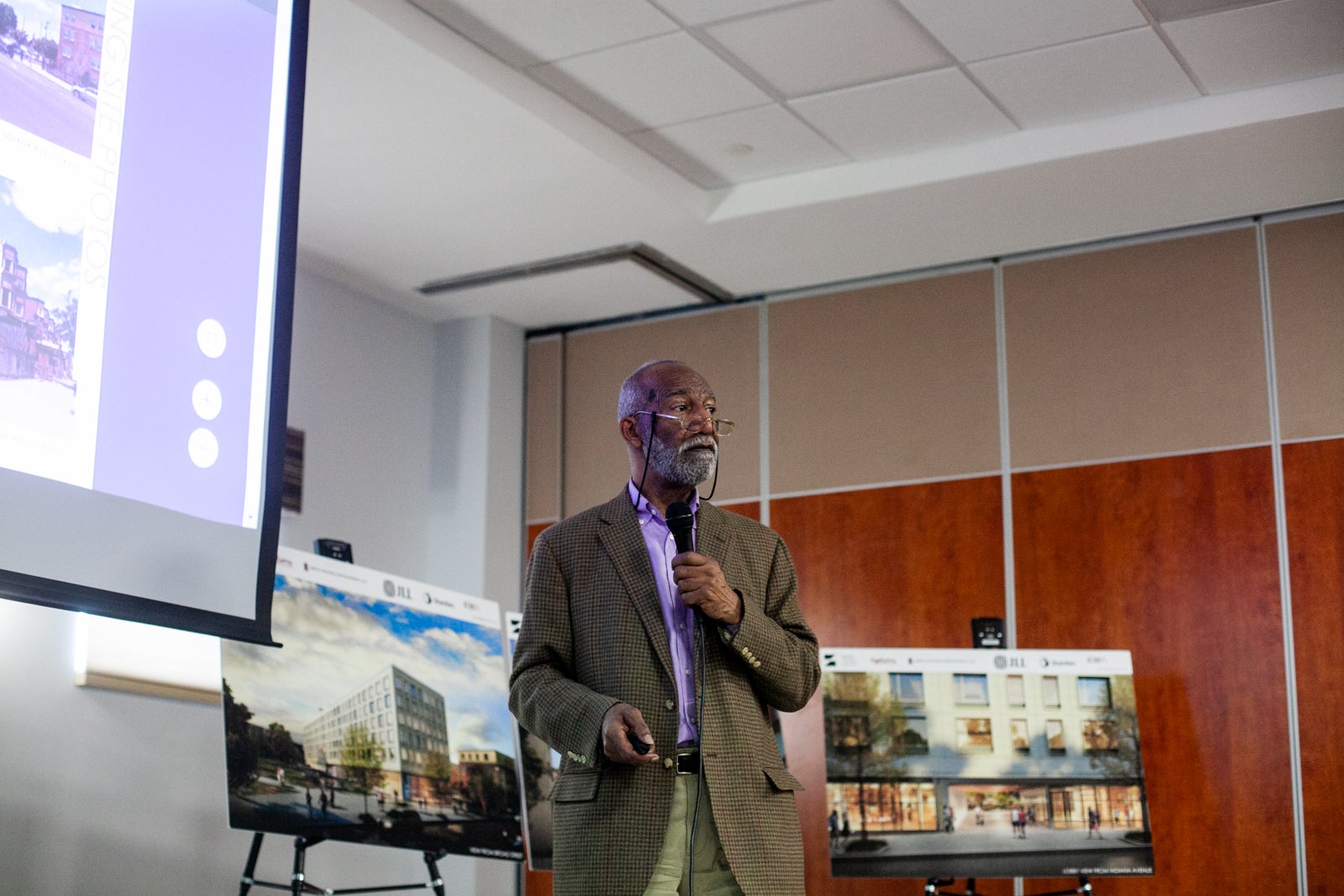
“There has got to be change if there is going to be any future for the area and job creation for people who live in the community,” said Kelly, “as well as the quality of life and the economic justice undertone.”
WHYY is your source for fact-based, in-depth journalism and information. As a nonprofit organization, we rely on financial support from readers like you. Please give today.




